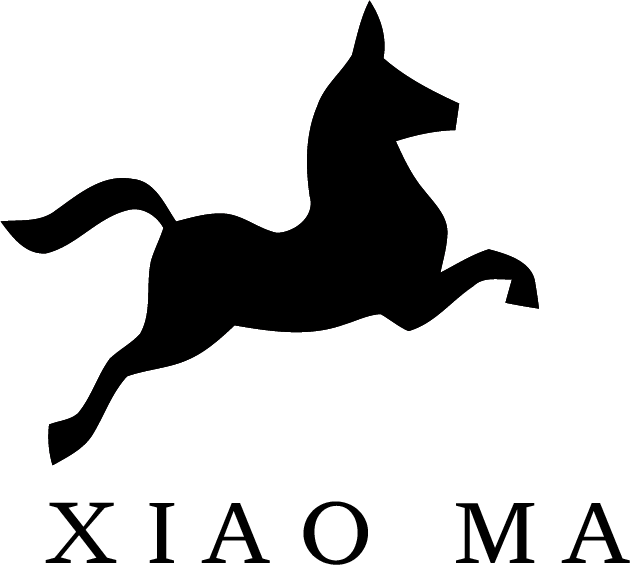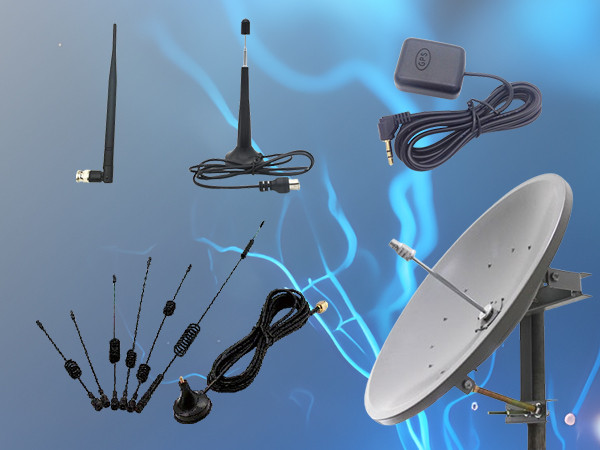In today's connected world, wireless systems are central to how we work, communicate, and interact with technology. However, the effectiveness of these systems depends heavily on one vital component: antennas. With the demand for tailored and optimized wireless solutions, custom antenna design has become indispensable for ensuring top-notch performance.
What Is Custom Antenna Design?
Custom antenna design involves creating an antenna specifically tailored to meet the unique requirements of a wireless system. Unlike off-the-shelf solutions, which are mass-produced with generic specifications, custom antennas are engineered to optimize parameters like frequency range, gain, and environmental performance for a particular application. This ensures maximum efficiency and functionality, catering to industries ranging from telecommunications to aerospace.
Why High-Performance Wireless Systems Need Custom Antennas
Off-the-shelf antennas might work for standard use cases, but they often fall short for high-performance applications where every decibel of signal matters. Custom antennas provide:
- Enhanced Signal Clarity: They are tuned precisely for desired frequencies, reducing interference.
- Improved Coverage: Custom designs deliver better range and consistent performance.
- Optimized Efficiency: Designed to match specific impedance and minimize power loss.
- Adaptability: Tailored for diverse environments, from urban cities to rugged industrial sites.
By addressing these performance metrics, businesses can improve communication reliability and device functionality in critical applications.
Key Considerations in Custom Antenna Design
When designing a custom antenna, it's essential to account for:
- Frequency Bands: Whether it's 2.4 GHz for Wi-Fi or mmWave for 5G, tuning is key.
- Physical Size: Compact designs for portable devices or larger ones for base stations.
- Application Needs: Medical implants demand biocompatible materials, whereas drones require lightweight yet durable components.
- Environment: Outdoor antennas must withstand weather extremes, while industrial systems may face electromagnetic interference (EMI).
Understanding Antenna Parameters
Custom antenna engineers consider the following critical factors during design:
Popular Applications for Custom Antennas
Custom antennas are integral to:
- IoT Devices: Enabling connectivity for wearables, smart homes, and industrial IoT systems.
- 5G Networks: Supporting high-speed, low-latency communication for mobile and fixed access.
- Medical Devices: Powering implants, sensors, and wireless monitors within the human body.
- Automotive Systems: Enhancing vehicle-to-everything (V2X) communication and navigation.
- Defense Applications: Facilitating radar, communications, and mission-critical systems.
Challenges in Custom Antenna Design
Designing custom antennas isn't without hurdles:
- Cost: Tailored solutions require significant R&D investment.
- Complexity: Engineers must integrate diverse requirements without compromising performance.
- Validation: Prototyping and rigorous testing add time and effort.
Despite these challenges, advancements in tools and techniques are simplifying the process.
Modern Techniques for Custom Antenna Design
Emerging trends in antenna design include:
- Simulation Tools: Software like CST Studio and HFSS offers precise 3D modeling and optimization.
- AI Algorithms: Automating iterations to identify the best design faster.
- Materials Engineering: High-performance composites and metamaterials enhance durability and efficiency.
Integrating Custom Antennas in Wireless Systems
Successful deployment requires considering system-level performance. This involves designing prototypes, running interoperability tests, and ensuring seamless integration with other hardware components.
Case Studies: Successful Custom Antenna Designs
A notable example includes the use of custom antennas in autonomous drones, enhancing connectivity while minimizing interference. Similarly, custom solutions in 5G base stations have improved network efficiency, enabling widespread deployment of ultra-reliable, low-latency networks.
Future Trends in Custom Antenna Design
Innovation in antenna technology continues to grow, with future advancements focusing on:
- Smart Antennas: Dynamically adjusting for better signal directionality.
- Miniaturization: Creating smaller antennas for wearable and implantable devices.
Environmental Sustainability: Using eco-friendly materials for better recyclability.

Conclusion
Antenna OEM is vital for advancing high-performance wireless systems. By tailoring solutions to meet specific needs, businesses can achieve unparalleled communication quality and operational efficiency. Whether it's enabling the next generation of 5G devices or securing critical defense systems, investing in custom antenna solutions is the way forward.
FAQs
1. Why choose custom antennas over off-the-shelf options?
Custom antennas offer tailored performance, ensuring better efficiency and compatibility with your system's needs.
2. What industries benefit from custom antenna design?
Industries like telecommunications, automotive, healthcare, and defense frequently rely on custom antenna solutions.
3. How long does it take to design a custom antenna?
The process can vary from weeks to months depending on complexity and testing requirements.
4. Are custom antennas expensive?
While initial costs are higher, the long-term performance and efficiency benefits outweigh the investment.
5. What is the role of software in antenna design?
Simulation tools help model, test, and refine antennas before physical prototyping, saving time and resources.
6. Can custom antennas support multiple frequency bands?
Yes, multiband custom antennas are specifically designed for such applications.
Related Articles
- A Comprehensive Guide to Coaxial RF Connectors2025-01-08
- The Different Types and Uses of RF Cable Assemblies2024-10-15
- Understanding RFID Antenna and VHF/UHF Antenna: Functions, Types, and Benefits2024-12-17
- Choosing the Best LoRa Antenna for Your IoT Applications2024-12-11
- 10 Key Factors to Consider When Choosing an RF Connector2024-12-05
Contact us with the RF and Microwave coaxial connectors, RF cable assemblies and Antennas.
Get A Quote

XIAOMA is a supplier specializing in the R&D and manufacturing of RF CONNECTORS,CABLE ASSEMBLY AND ANTENNAS products. It also provides one-stop radio frequency solutions for electronic equipment. XIAOMA Technology's products are widely used in consumer electronics, communication equipment and infrastructure, mobile terminals and automotive electronics.
Contact Info
Contact Person : Rick, Haifa
Wechat / WhatsApp: + 86 18651023520
Follow
Share
Download after filling out the form
